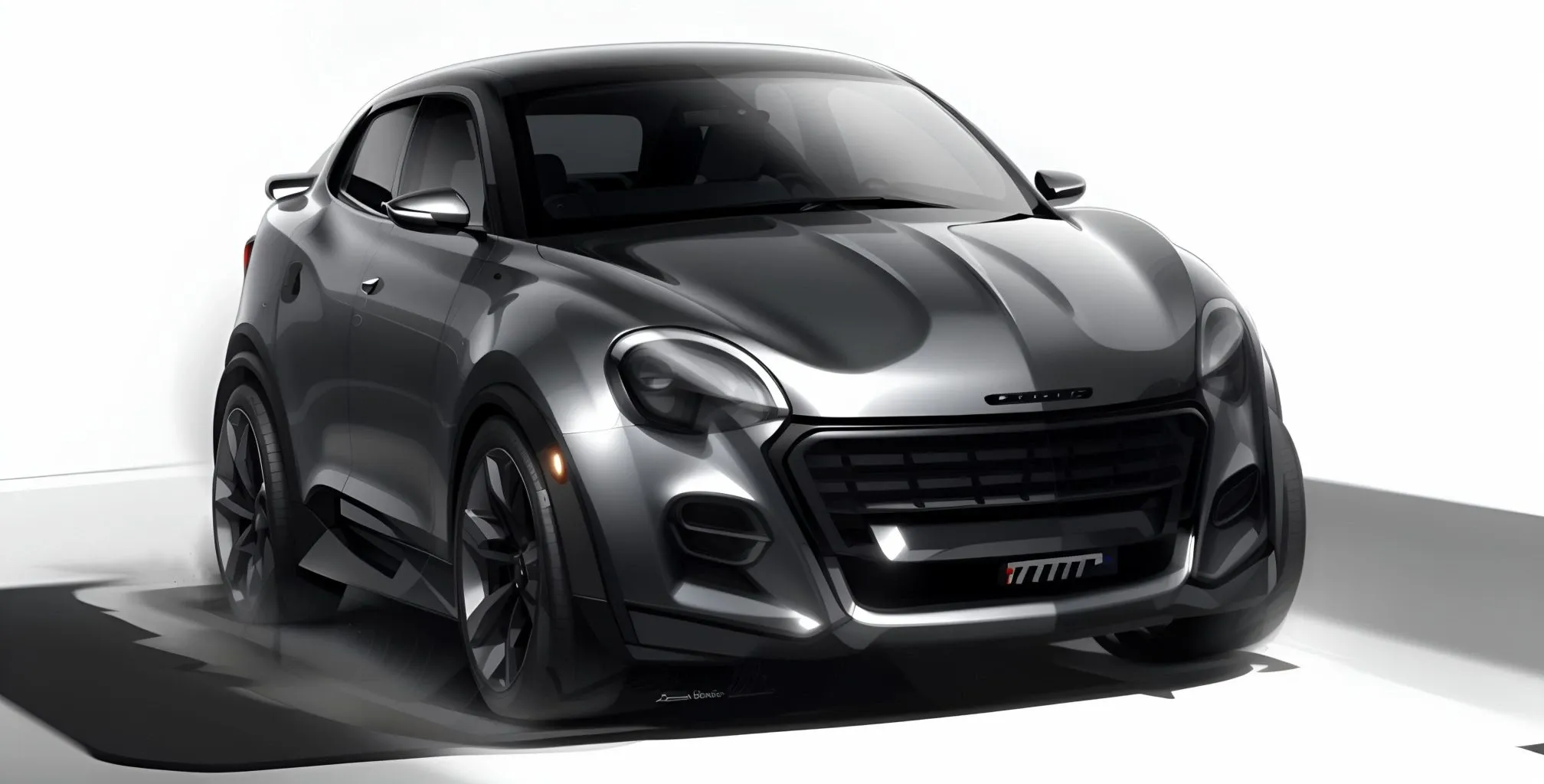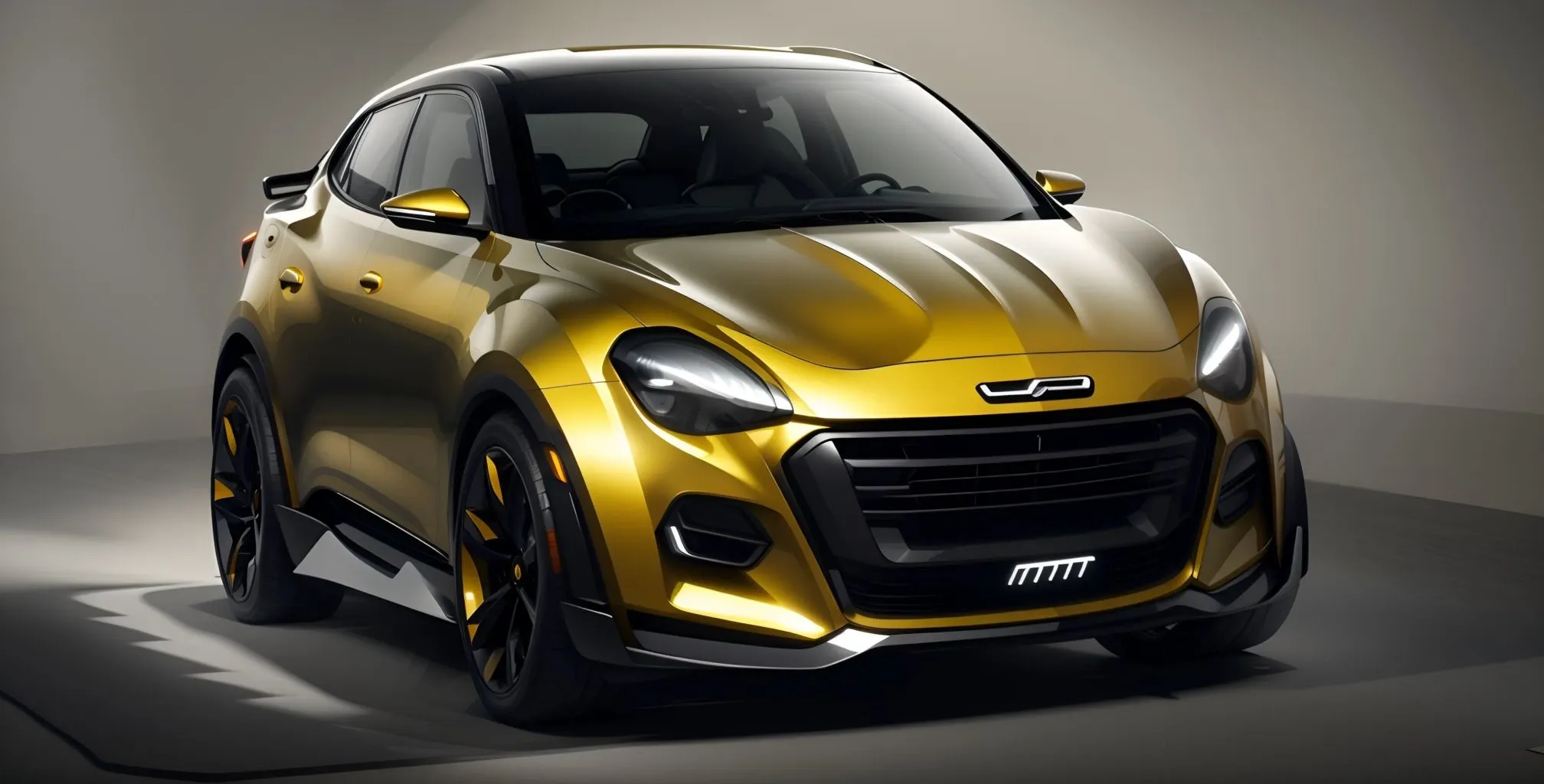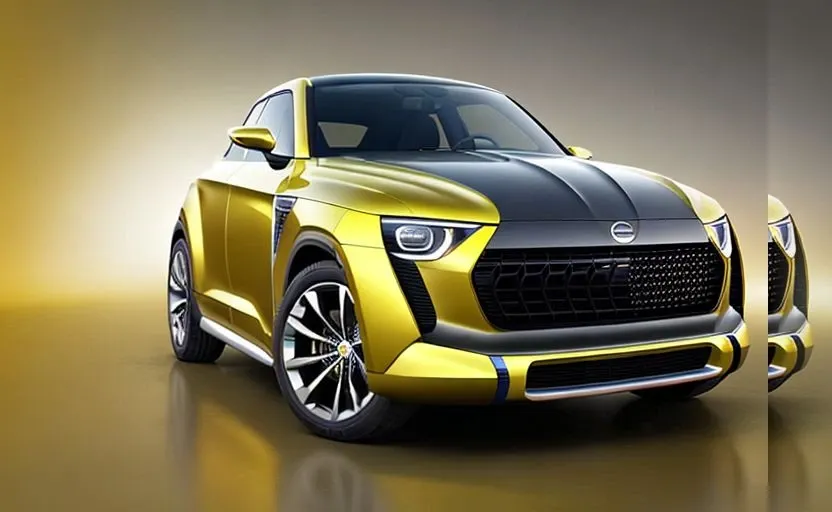Yellow Taxi Kolkata: The Heritage was Socialistic Ambassador, not the Yellow Color
Published On 4/3/2025, 9:34:11 am Author Zeeshan Ali AqudusPainting a cat like a leopard won't make it one. The Ambassador wasn’t just a car—it was a symbol of socialist pride and heritage that a WagonR can never match. With ride-hailing apps changing how we book cabs, the yellow cab color has lost its original purpose. In this blog, CarWyapar’s founder, Zeeshan, breaks down the rise and fall of Kolkata’s iconic yellow Ambassador taxis and why their modern replacements fall short of the legacy.
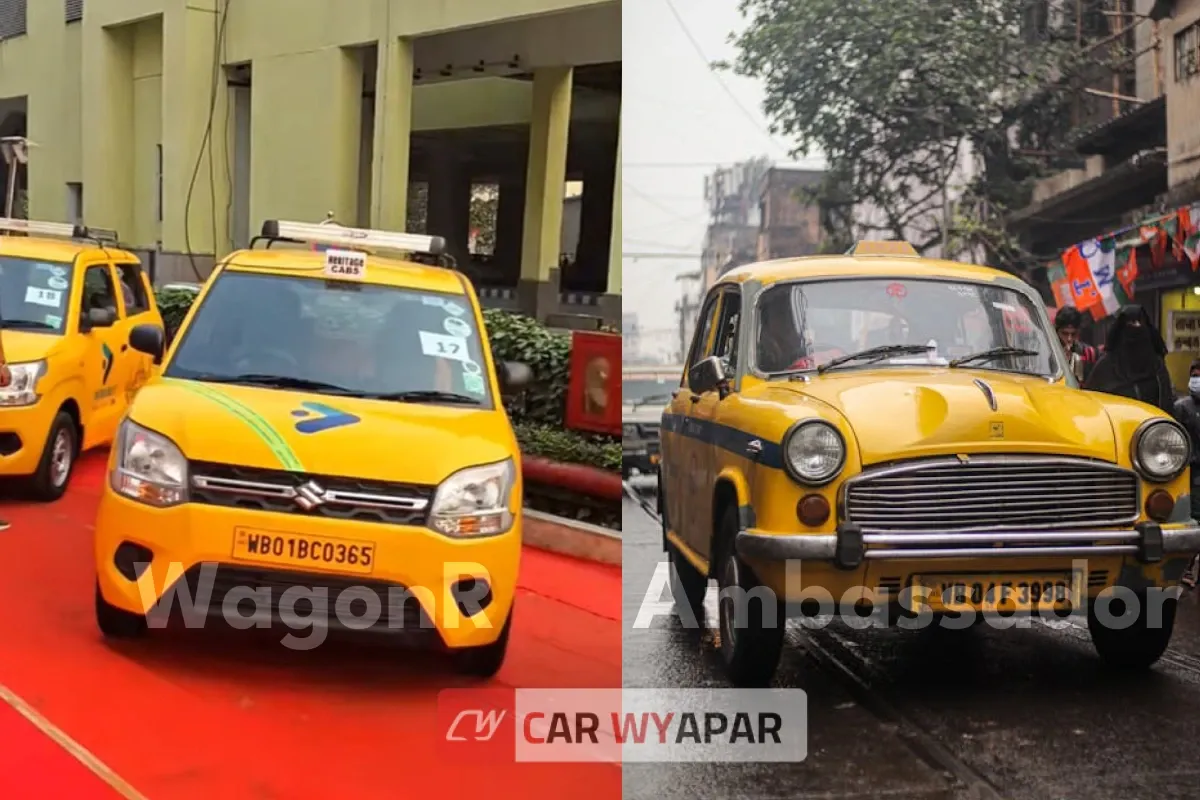
Summary
1. Ambassador’s Legacy: Kolkata’s yellow taxis were more than just cars—they symbolized equality, as both Prime Ministers and common people used them. This connection made the Ambassador a cultural icon.
2. The Capital Connection: Kolkata was India’s capital until 1911, making it a hub of political and cultural activity. The Ambassador, manufactured in Uttarpara near Howrah, became a lasting symbol of the city’s heritage.
3. Communism’s Impact: The rise of anti-capitalist and communist movements in Bengal slowed industrial growth, including Hindustan Motors, the maker of the Ambassador.
4. Swift Dzire’s Failure to Replace: While the first-gen Swift Dzire became a popular commercial sedan, it couldn’t replace the Ambassador’s cultural value—it lacked the prestige and socialist symbolism.
5. WagonR’s Shallow Attempt: Painting the WagonR yellow in Kolkata is a weak attempt to preserve heritage. Unlike the Ambassador, the WagonR has no historical significance despite serving the same practical purpose.
6. Tech Over Visibility: The need for yellow-colored taxis has declined with the rise of ride-hailing services like Ola and Uber, making physical visibility less important.
7. 2017 HM-Peugeot Deal: Peugeot bought the Ambassador name for ₹80 crore, raising hopes of a comeback, especially for Ambassador enthusiasts.
8. Nostalgia Isn’t Enough: Without a strong service network and brand trust, even a modern Ambassador revival won’t succeed. Peugeot and Stellantis need a long-term strategy to penetrate India’s competitive car market.
When I went to Kolkata for the first time in 2013, the first thing that captured my attention was the yellow cabs on the road. They were everywhere. The first vehicle I boarded was a yellow cab, and during my four-year stay in Kolkata, I witnessed the introduction of white Swift Dzire taxis. At the same time, ride-hailing services like Ola and Uber flooded the city with a vast number of cabs. Still, the demand for yellow taxis never went down.
Mumbai’s kaali-peeli Premier Padmini and Kolkata’s yellow Ambassador were more than just taxis—they were cultural icons. While both cars dominated the commercial vehicle segment, the Ambassador stood out as a legend. It wasn’t just a car for the common man; it was the official vehicle for India’s most powerful figures—Presidents, Prime Ministers, and bureaucrats. This dual identity gave it a unique position in Indian society, symbolizing both power and equality.
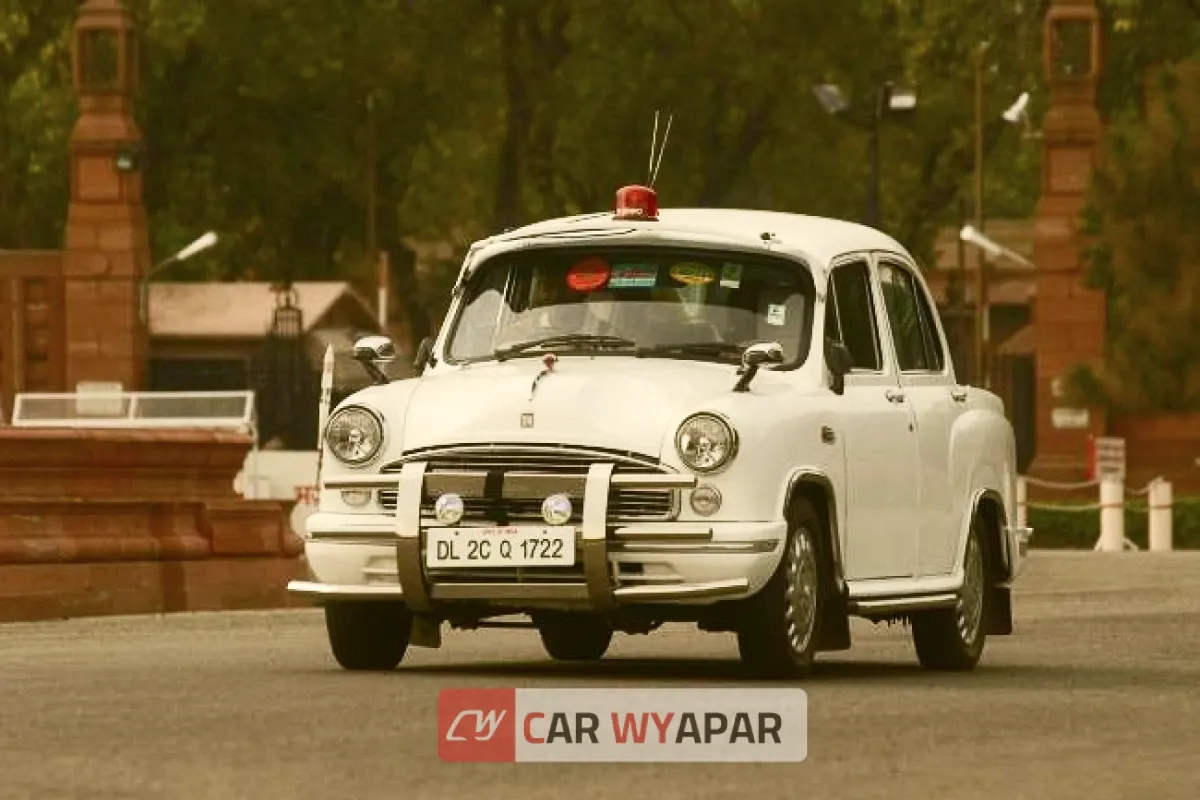
The Ambassador’s boxy design remained largely unchanged for nearly five decades. Yet, its presence on the road never felt outdated. It carried a socialist charm, reflecting an era where public servants and the public shared more than just ideals—they shared the same car. From district collectors to chief ministers, the Ambassador was the vehicle of choice. Even though their fleets had luxury cars, on days of national pride like 15th August and 26th January, Ambassadors would lead the way.
For the common man, hailing a yellow Ambassador taxi was a shared experience with the nation’s top leaders. The same car that ferried the Prime Minister to Parliament could also take you home from the railway station. This sense of equality and accessibility made the Ambassador more than just a vehicle. It became a symbol of India’s democratic spirit, where the line between the rulers and the ruled blurred—at least on the road.
Yellow Ambassador Taxi as Kolkata's Heritage is Irreplaceable
Kolkata is a living museum of India’s colonial past and industrial ambition. Until 1911, Kolkata (then Calcutta) was the capital of British India. As the political and administrative center of the British Raj, the city became a hub for trade, culture, and infrastructure development. Wide avenues, iconic trams, and grand colonial buildings marked Kolkata’s skyline, making it one of the most developed metro cities in India. During this period, the city flourished with industries, ports, and a thriving intellectual culture that shaped modern India’s future.
One of the most iconic symbols of Kolkata’s post-independence identity was the yellow Ambassador taxi. Manufactured at Uttarpara, near Howrah, by Hindustan Motors, the Ambassador was more than just a car—it was a status symbol and a piece of cultural heritage. The factory, established in 1948, produced the first Indian-made cars, and soon the Ambassador became the preferred vehicle for everyone—from government officials to the common man. It was reliable, spacious, and perfectly suited to Kolkata’s chaotic streets.
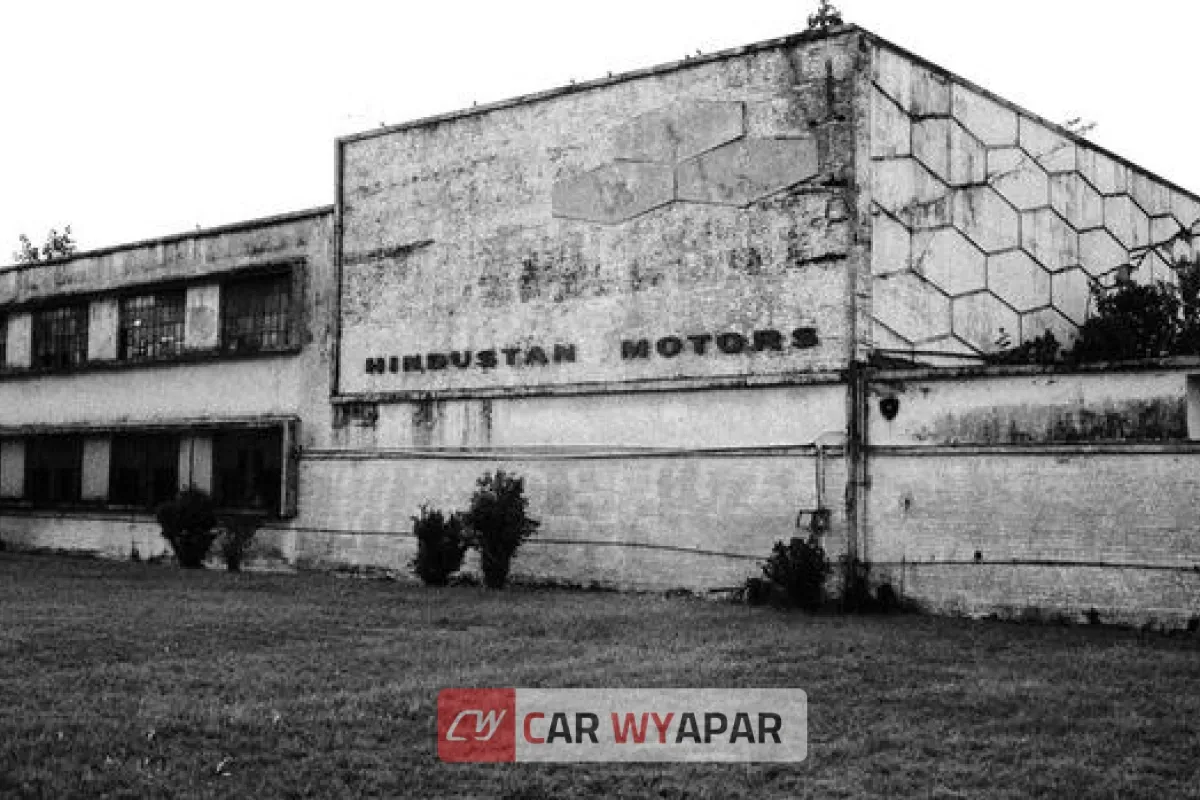
However, as much as Kolkata thrived in its early years, the city’s industrial and economic growth faced a major setback during the rise of anti-capitalistic and communist movements. By the late 1960s and 1970s, labor strikes, political unrest, and an anti-industrial stance swept through Bengal. This not only scared off potential investors but also slowed down existing industries. Hindustan Motors, which was once a thriving manufacturer, struggled to modernize and compete with emerging global automobile companies. The rigid policies and lack of industrial incentives created an environment where innovation was stifled, and industries either declined or moved to other parts of India.
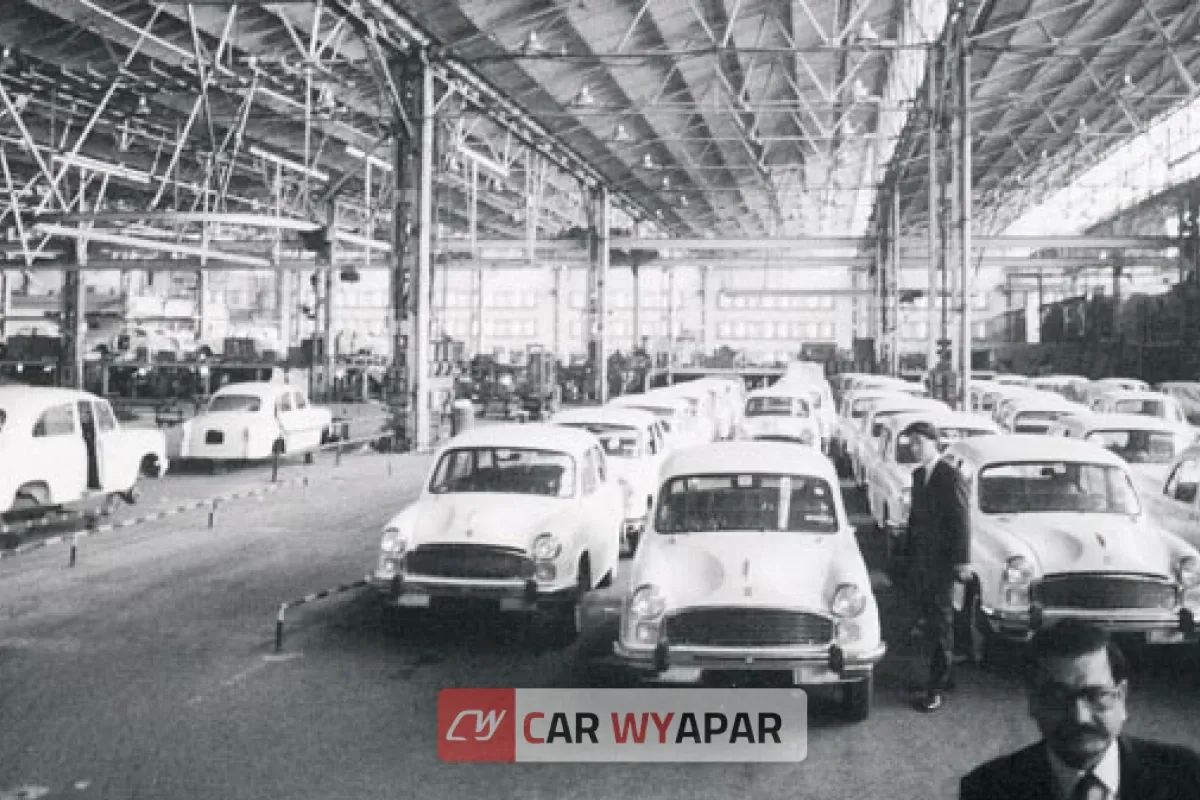
The Ambassador itself became a victim of this stagnation. While the rest of the country welcomed new cars with advanced technology, the Ambassador remained almost unchanged. For decades, it survived on its heritage and emotional connection with people rather than innovation. As India’s economy liberalized in the 1990s, competition from global automobile giants like Maruti Suzuki, Hyundai, and Tata proved too tough for Hindustan Motors to survive. By 2014, the iconic Uttarpara plant shut down, marking the end of an era.
Despite these economic and industrial challenges, the yellow Ambassador taxi remains a powerful cultural symbol. It reflects Kolkata’s complex history—a blend of colonial grandeur, socialist struggles, and an unyielding spirit of resilience.
Ideally, the first-generation Swift Dzire could have replaced the Ambassador—it was affordable, fuel-efficient, and met modern safety standards. But this transition wasn’t just about swapping one commercially available sedan for another. It was about heritage replacing heritage, and that’s where the Dzire fell short.
The Ambassador stood for a time when India projected an image of equality—when the same car that drove a common man as a taxi also transported the most powerful figures in the nation. With the decline of socialist ideals and the rise of economic liberalization, that image no longer held the same weight. By the mid-2010s, bureaucrats and politicians had moved on to luxury brands like Toyota, Skoda, and BMW, leaving the Ambassador behind as a relic of a bygone era.
What made the Ambassador irreplaceable wasn’t just its physical presence on the road—it was the emotional connection it carried. You didn’t just ride in an Ambassador; you became a part of its long, storied history. The Swift Dzire, no matter how functional, could never replicate that. This is why the Ambassador’s departure wasn’t just the end of a car—it was the end of an era where symbols mattered more than specifications.
Will WagonR retain the heritage?
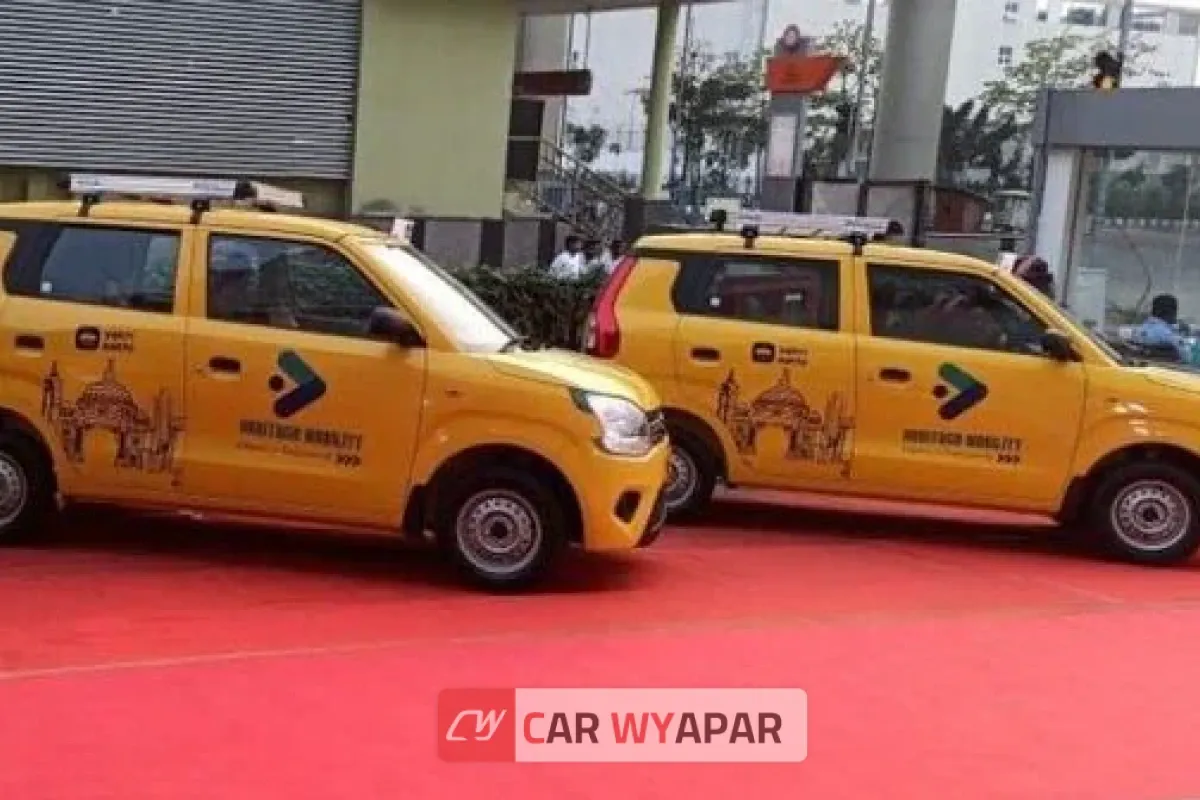 Painting a cat like a leopard won’t make it one—and painting a WagonR yellow won’t make it an Ambassador. Kolkata’s yellow taxis weren’t just about color. They represented a time when most people didn’t own personal vehicles. The bright yellow made the cabs easy to spot in the chaos of city traffic, offering a clear, accessible lifeline to commuters. But times have changed. Today, urban planning and technology have reshaped how people move. You no longer need to wave frantically at a yellow cab—just a few taps on your phone, and an Ola or Uber will pull up at your doorstep.
Painting a cat like a leopard won’t make it one—and painting a WagonR yellow won’t make it an Ambassador. Kolkata’s yellow taxis weren’t just about color. They represented a time when most people didn’t own personal vehicles. The bright yellow made the cabs easy to spot in the chaos of city traffic, offering a clear, accessible lifeline to commuters. But times have changed. Today, urban planning and technology have reshaped how people move. You no longer need to wave frantically at a yellow cab—just a few taps on your phone, and an Ola or Uber will pull up at your doorstep.
In Delhi, white WagonR cabs with yellow number plates serve the same practical purpose without the nostalgia. They get the job done—no bright paint required. So, why does Kolkata still hold on to the yellow? It’s not about efficiency anymore—it’s about maintaining a fading symbol of the city’s identity. But let’s be honest—slapping yellow paint on a WagonR feels like a half-hearted tribute. It’s a shallow attempt to preserve a legacy that the Ambassador built over decades.
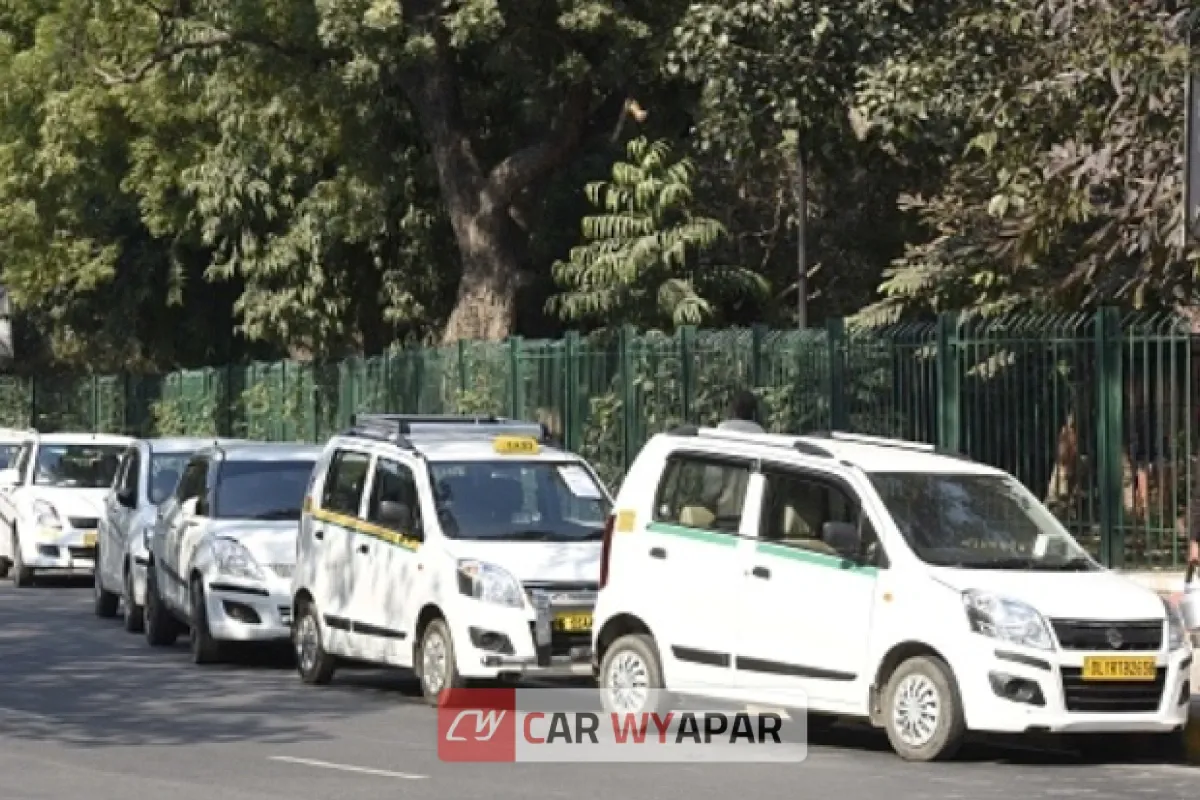
In reality, the yellow is no longer essential. Technology has made visibility obsolete—your phone now does the spotting. And without the emotional and historical weight the Ambassador carried, yellow WagonRs feel like a replica without a legacy—a reminder that some things, once gone, simply cannot be replaced.
What About the 2017 HM-Peugeot Deals
In 2017, when Peugeot bought the rights to the Ambassador brand name from Hindustan Motors for ₹80 crore, it felt like a glimmer of hope for Ambassador enthusiasts like me. After all, the thought of seeing an Ambassador reborn—modernized yet carrying its classic charm—was enough to excite anyone who had grown up watching those yellow beasts rule the streets of Kolkata. Many believed Peugeot would revive the iconic car and bring back a piece of India’s automotive history. But reality, as always, had other plans.
The first—and perhaps the biggest—challenge was that sedans were already dying. By 2017, Indian consumers had shifted their love toward SUVs. Even if Peugeot planned a modern Ambassador, a traditional three-box sedan wouldn’t have made sense in a market where everyone wanted a high-riding, practical vehicle. If they ever brought the Ambassador back, a more viable option could have been a coupe SUV—a blend of style and utility. But even that idea has its own hurdles.
Take the Tata Curvv and Citroën Basalt as examples—both are coupe SUVs that promise style but are inherently impractical when you can get a full-fledged SUV for the same price. Unless the entire industry shifts toward coupe SUVs, these models will remain niche experiments rather than mainstream hits. For Peugeot, already struggling to find its footing in India, bringing back the Ambassador as a coupe SUV would be a risky gamble.
And that brings us to the second, bigger problem—Peugeot’s parent company, Stellantis, is having a hard time establishing itself in India. Citroën, another Stellantis brand, barely registers on the sales charts. To put things in perspective—the number of Maruti Brezzas sold in a single month is more than Citroën’s total yearly sales in India. If Stellantis can’t sell a new car under a fresh brand like Citroën, expecting a rebadged Ambassador to succeed is wishful thinking.
Even if Peugeot builds a car that carries the Ambassador name and nods to its classic design, it won’t be enough. Success in India’s car market relies on more than nostalgia—you need aggressive pricing, strong service networks, and reliable after-sales support. And right now, Stellantis is miles behind brands like Maruti, Hyundai, Tata, and Mahindra.
Look at the bigger picture—American giants like Ford and General Motors have already packed up and left India. Even the Germans, with their superior engineering, are finding it hard to capture mass-market sales. Skoda had a rare win with the Kodiaq, but they’re still a niche player. Meanwhile, MG and Kia—thanks to their aggressive product strategy and localized manufacturing—are leading the charge with models like theWindsor and Syros.
How I Envisoned Ambassador to be Back
Peugeot—or rather, Stellantis—still holds an ace card in their hand: the Ambassador brand. If they play it right, bringing back the Ambassador could be more than just a nostalgic revival—it could redefine their presence in the Indian market. And in my opinion, the coupe SUV format is the best-suited vehicle to carry the Ambassador legacy forward.
Why a coupe SUV? Because the Ambassador was never about sleek, monocoque sedan vibes. It had a stately, bulky presence that could easily translate into a modern SUV coupe silhouette. And the market is slowly warming up to this idea. Mahindra recently unveiled their BE.06 and XUV.e9, both positioned as futuristic electric coupe SUVs. Tata jumped in with the Curvv, and Citroën followed with the Basalt. While these models still face the practicality challenge, their presence signals that automakers are betting big on form meeting function.
A revived Ambassador in a coupe SUV form could tap into both heritage lovers and modern SUV buyers. The key lies in justifying the coupe SUV’s practicality for the Indian consumer—offering space, durability, and tech while maintaining the iconic design cues that made the Ambassador so beloved.
I’ve imagined and sketched a few iterations of how an Ambassador Coupe SUV could look—something that respects its classic silhouette but fits seamlessly into today’s automotive landscape. With the right execution, Peugeot could deliver a powerful comeback—one that isn’t just about reviving a name but redefining an icon for a new generation.
